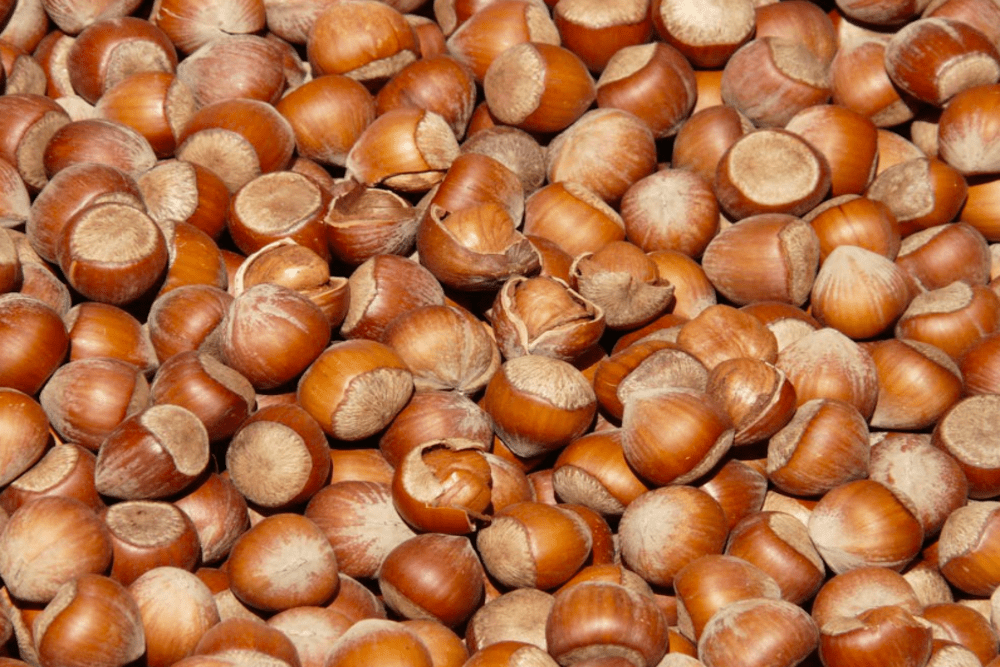A RECENT STUDY CONDUCTED BY ENEA HAS REVEALED SURPRISING ANTI-CANCER PROPERTIES OF THE TONDA GENTILE ROMANA HAZELNUT, A TYPICAL PRODUCT OF THE VITERBESE. THE RESULTS, PUBLISHED IN THE MAGAZINE “NATURAL PRODUCT RESEARCH”, FOR THE PREVENTION AND TREATMENT OF LIVER CANCER
Enea: anti-tumor properties of hazelnut extract
AENEAS tested hazelnut extract Tonda Gentile Romana (Corylus avellana L.). What he discovered is that it contains active biomolecules capable of killing liver tumor cells in vitro.
Barbara Benassi, head of the studio together with his colleague Maria Pierdomenico, explains that theThe extract acts directly on diseased cells.
«It is able to kill tumor cells in vitro, through a specific direct action that favors the restoration of the physiological conditions of growth of liver tissue» adds Benassi.

The role of MicroRNAs in fighting cancer
Research has highlighted how the change in the intracellular level of due microRNA is crucial for the control of tumor proliferation. In tumor tissue, the levels of these microRNAs are reduced compared to healthy tissue, contributing to neoplastic growth. Restoring normal levels of microRNAs may represent an effective strategy for both prevention both for the cancer treatment.
The effectiveness of hazelnut extract
«In diseased tissue – adds Benassi – the intracellular level of the two microRNAs decreases compared to the healthy counterpart, causing neoplastic proliferation. Bringing the two microRNAs back to normal levels is one of the possible strategies “undertaken” by new drugs to reduce the progression of the tumor disease; at the same time, keeping their intracellular integrity under control, preventing them from decreasing over the course of an individual’s life, represents a possible prevention strategy towards their transformation into neoplasms».
Aeneas and future prospects
Again according to Benassi, the next step will be the identification of biomolecole specific responsible foranti-tumor effect. The first in silico studies suggest that some substances derived fromcaffeic acid and give them catechins could play a key role. Both substances are present in abundance in hazelnut extract.

On which «it is necessary to conduct further investigations in more complex preclinical models in vitro and in vivo, to validate the potential efficacy of new formulations as innovative therapeutic adjuvants for the treatment of liver cancer».
ENEA’s research on the anti-tumor potential of the Tonda Gentile Romana hazelnut aims to offer hope against liver cancer, with prospects for further developments in oncology medicine.

